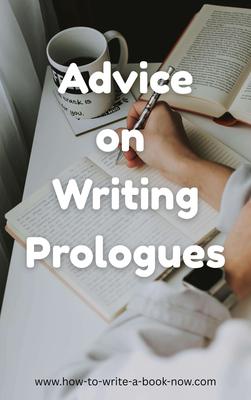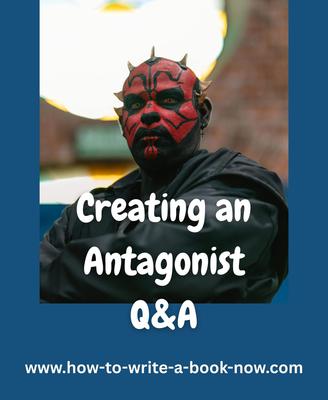Domain Explanation Please?
by Terrell
(Columbia, MO)
Question: I read through the Harry Potter SignPost Explanation you gave elsewhere.
Can you explain the concept of the domains:
Situation (external state)
Activity (external action)
Manipulation (psychological change)
Fixed Attitude (psychological state)
and how to apply them to plot structure?
Answer: To understand this, you have to grasp the concept of the four throughlines.
Dramatica theory states that a complete story will be explored from four perspectives. There's the objective or overall story (they), which is concerned with the pursuit of the story goal. The the subjective or main character throughline (I) is concerned with the main character's inner conflict. The impact character's throughline (you) shows the story of how the impact character demonstrates to the main character that there is another approach to consider. The relationship throughline (we) covers the progress and growth of the relationship between the main and impact characters.
Developing all four of throughlines gives a story real emotional depth.
Going a step further, Dramatica theory also states that to get the ideal dramatic contrast between these four throughlines, each throughline will be in a different thematic domain, and have a different thematic concern, thematic issue, etc. That's where the four domains derive from.
There are four possible domains (which you mention), and within each domain there are four categories of concern and 16 categories of thematic issues. There are rules that govern the relationshps between these elements.
Now, if you have the dramatica software and the time to study it, you can learn how to apply this
The effect of all this is...
1. Each act will have a different focus, which keeps the story interesting.
2. There will be a variety of concerns that are nonetheless related. This creates the feeling of a rich, complex thematic argument.
If you're just starting out, you may not want to worry about the domains, but there are several lessons you can apply right away.
1. Have a story goal or a story problem that affects or involves the majority of characters. This is what gives the reader the feeling that the story is "about something."
2. Create a main character through whose eyes the reader will see the story, and give that main character inner conflict in addition to a desire to pursue the story goal. The main character should feel pressured to change in some important way. How he/she resolves that inner conflict will determine whether he/she can achieve the story goal.
3. Create an impact character whose example creates pressure on the main character to change. The main character's personal climax will be the moment when he/she decides to either adopt the impact character's approach or stick with his/her own.
4. Give the relationship between these two its own story arc.
5. Use a four act structure that follows the pattern...
setup --> complications --> build to a crisis --> build to a resolution
Comments for Domain Explanation Please?
|
||
|
||
|
||
- Home
- Plot Questions
- Domain Explanation Please?















